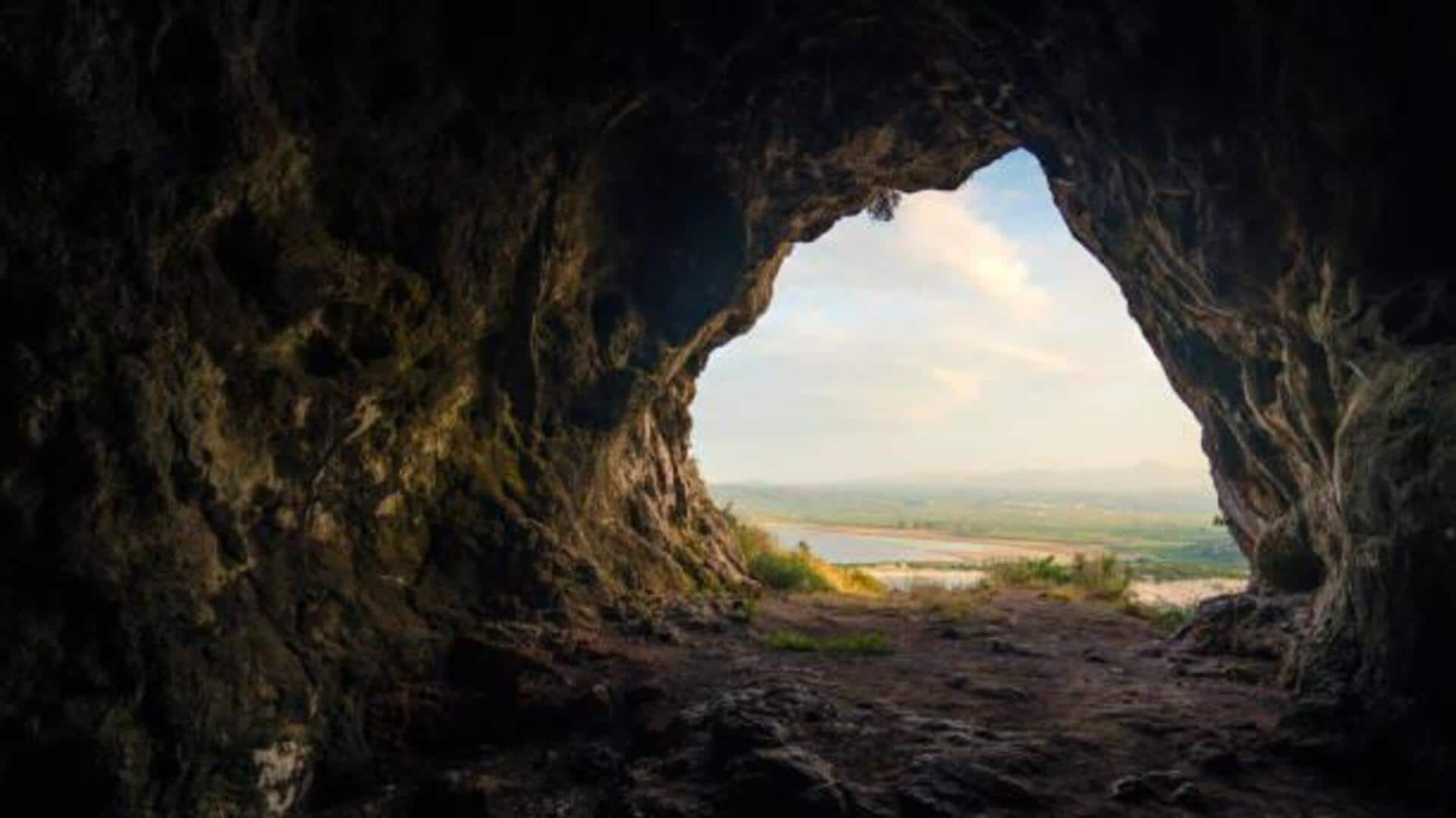
You must visit these historic cave sites
What's the story
Africa's historic caves give you a rare peek into the continent's opulent past. These natural wonders are not just geological formations but places of ancient human activity. Adventure tours through these caves are an exciting way of exploring history and nature, both at once. From rock art to archaeological finds, every cave has a story waiting to be unraveled by inquisitive wanderers.
South Africa
Discover the caves of South Africa
South Africa is home to some of the most famous historical caves in Africa. The Cradle of Humankind, a UNESCO World Heritage Site, features Sterkfontein Caves where significant hominid fossils have been found. You can explore these caves and learn about early human ancestors. The guided tours offer insights into the archaeological significance and geological formations that make these caves a must-visit.
Namibia
Marvel at Namibia's Twyfelfontein
Twyfelfontein in Namibia is famous for its rock engravings and paintings made by ancient San people. The site is one of Southern Africa's largest concentrations of petroglyphs, with over 2,500 engravings of animals and hunting scenes. Guided tours give an insight into the cultural significance of these artworks and allow visitors to discover the landscape around.
Kenya
Journey through Kenya's enchanting caves
Kenya has some fascinating caves, including the Kitum Cave inside Mount Elgon National Park. This cave is famous for its salt deposits, which elephants visit to mine salt from its walls using their tusks. Not only can visitors witness this unique natural phenomenon, but they can also learn all about the cave's formation and ecological significance through guided tours.
Botswana
Explore Botswana's Gcwihaba Caverns
Famed for their picturesque stalactites and stalagmites formations, Gcwihaba Caverns in Botswana are also home to rare bat species residing in them. These remote caves offer adventurous travelers a true off-the-beaten-path experience. Along the way, they also reveal fascinating lessons in geology and showcase local communities' efforts in biodiversity conservation.